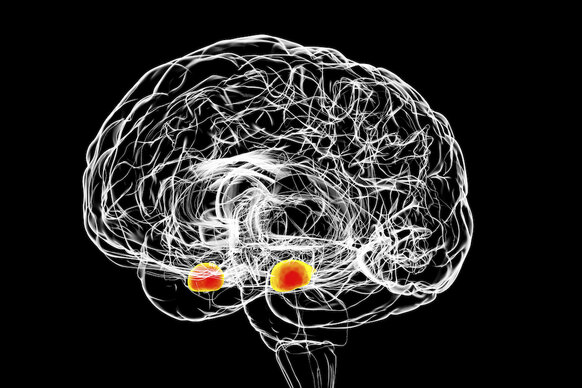Uncategorized
Advancements in non-invasive brain stimulation for mental health disorders

Mental health disorders continue to be a significant global concern, affecting millions of people worldwide. The traditional treatment options for conditions like depression, anxiety, and schizophrenia often involve medication and therapy. However, recent advancements in neuroscience have led to innovative approaches to address mental health challenges. Non-invasive brain stimulation (NIBS) has emerged as a promising alternative treatment method that shows great potential in managing various mental health disorders. This article explores the recent advancements in non-invasive brain stimulation and its potential implications for mental health treatment.
Understanding Non-Invasive Brain Stimulation (NIBS)
Non-invasive brain stimulation techniques involve delivering controlled magnetic or electrical impulses to specific brain regions. The goal is to modulate brain activity, facilitating neural plasticity and encouraging the brain to rewire itself in a healthier manner. Unlike invasive procedures that require surgery, NIBS is safe and painless, making it an attractive option for patients seeking alternative treatments.
Two common types of NIBS are transcranial magnetic stimulation (TMS) and transcranial direct current stimulation (tDCS).
- Transcranial Magnetic Stimulation (TMS): TMS employs magnetic fields to stimulate nerve cells in targeted brain regions. The procedure is usually performed by placing a magnetic coil against the patient’s scalp, which generates magnetic pulses. The magnetic pulses can penetrate the skull, non-invasively stimulating specific areas of the brain associated with mood regulation, anxiety, and other cognitive functions.
- Transcranial Direct Current Stimulation (tDCS): tDCS involves passing a weak electric current through electrodes placed on the scalp. The electrical current modifies the resting membrane potential of neurons, affecting their firing rates and, consequently, the brain’s function. tDCS has the potential to increase or decrease neuronal excitability, depending on the polarity of the stimulation.
Applications of NIBS in Mental Health Disorders
- Depression: One of the most extensively studied applications of NIBS is in treating depression. NIBS can target the dorsolateral prefrontal cortex (DLPFC), an area involved in mood regulation. Several clinical trials have shown promising results, with NIBS demonstrating effectiveness in reducing symptoms of depression, even in treatment-resistant cases.
- Anxiety Disorders: NIBS also shows potential in managing anxiety disorders. By stimulating areas related to emotional regulation and fear processing, such as the amygdala and the prefrontal cortex, NIBS has shown promising results in reducing anxiety symptoms.
- Schizophrenia: Research on the use of NIBS for schizophrenia is ongoing, but preliminary studies have indicated that stimulating certain brain regions might improve cognitive functions and reduce some symptoms associated with the disorder.
- Post-Traumatic Stress Disorder (PTSD): NIBS has shown some potential in reducing symptoms of PTSD, particularly in addressing intrusive memories and emotional regulation.
Advancements and Challenges
Recent advancements in NIBS have primarily focused on refining stimulation protocols, individualizing treatment plans, and improving the accuracy of targeting specific brain regions. Additionally, researchers are exploring the potential of combining NIBS with other therapies, such as cognitive-behavioral therapy (CBT) or pharmacological treatments, to enhance the overall effectiveness of mental health interventions.
However, some challenges remain. The exact mechanisms by which NIBS influences brain activity and produces therapeutic effects are not yet fully understood. The variability in individual responses to NIBS treatments also poses a challenge, as some patients may show significant improvement while others experience minimal benefits.
Moreover, further research is needed to establish the long-term safety and efficacy of NIBS. While the procedure is generally considered safe, there may be some potential side effects, such as headaches or mild discomfort during stimulation.
Advancements in non-invasive brain stimulation have opened up new possibilities for treating mental health disorders. NIBS techniques, such as transcranial magnetic stimulation (TMS) and transcranial direct current stimulation (tDCS), hold great promise in effectively addressing conditions like depression, anxiety, schizophrenia, and post-traumatic stress disorder.
As the field of NIBS continues to evolve, it is crucial to conduct rigorous research to understand its mechanisms fully and identify the most appropriate protocols for different mental health disorders. By combining NIBS with other therapeutic approaches, medical professionals may be able to provide more personalized and effective treatments for individuals struggling with mental health challenges, improving their overall quality of life.


